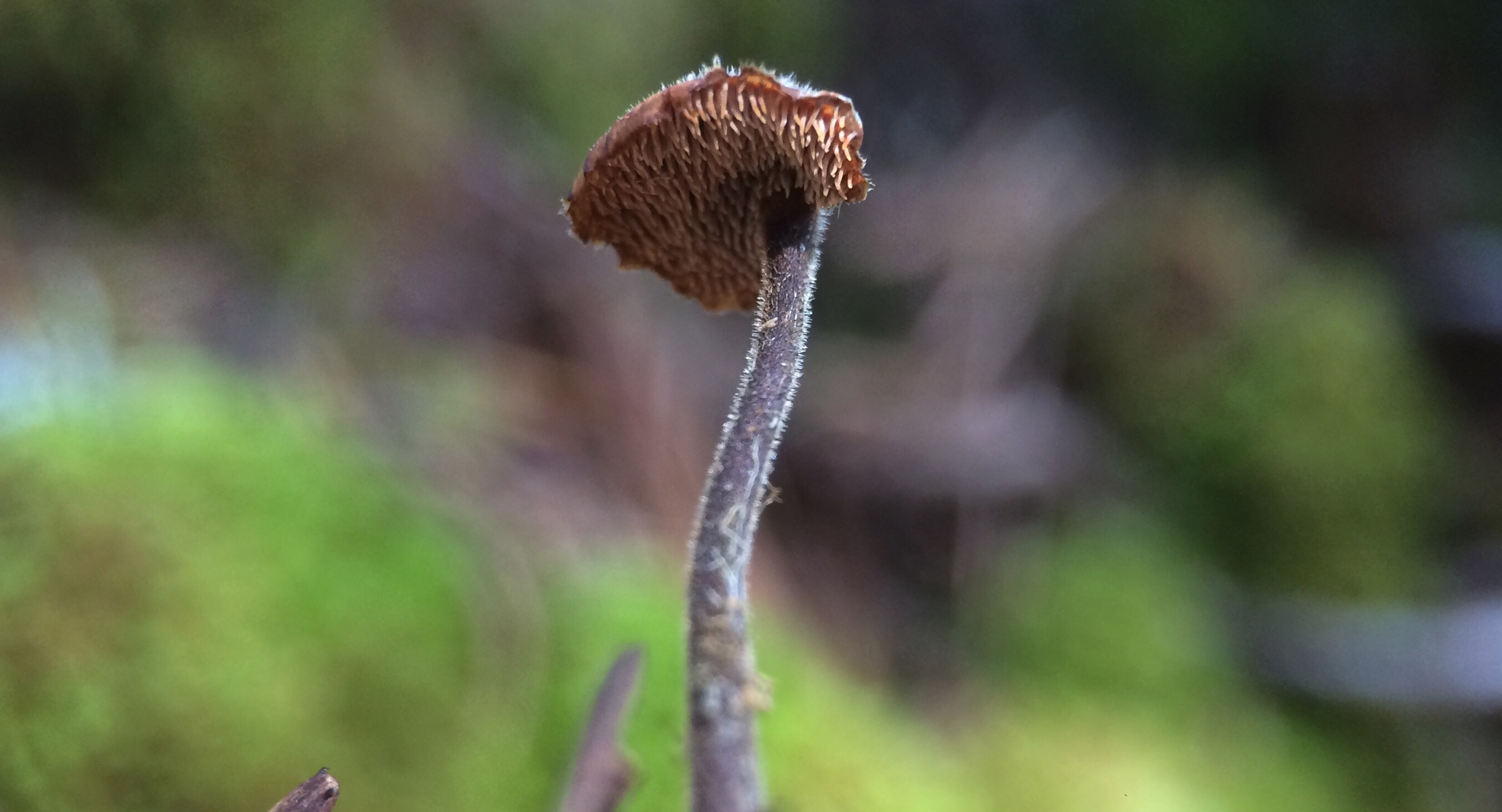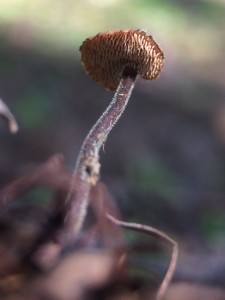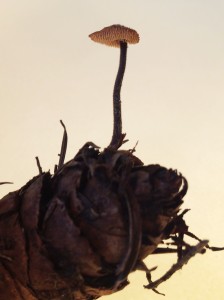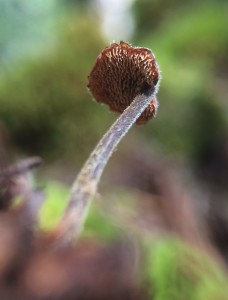Auriscalium vulgare/Ear Pick
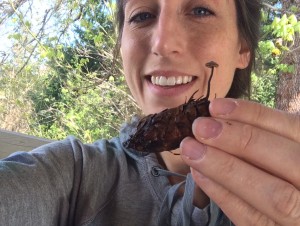 This is it, the mushroom I saw in a photo three years ago and have been on the lookout for ever since. It wasn’t until this last week that I finally saw one for myself, and even at first glance I didn’t realize what I was looking at-I’m so glad I took a closer look! When the realization sunk in, the smiles couldn’t be contained (and maybe a little dancing took place, but only the trees could tell you for sure).
This is it, the mushroom I saw in a photo three years ago and have been on the lookout for ever since. It wasn’t until this last week that I finally saw one for myself, and even at first glance I didn’t realize what I was looking at-I’m so glad I took a closer look! When the realization sunk in, the smiles couldn’t be contained (and maybe a little dancing took place, but only the trees could tell you for sure).
Auriscalium vulgare, the Ear Pick fungi.
Auriscalium translated from the latin is ‘ear’ plus ‘scratch’, therefore Ear Pick
Vulgare simply means ‘common’.
If this mushroom’s name has the term ‘common’ in it, why was it such a challenge for me to find? Ear Picks average a height of only 2-10cm, their small size plus their brown coloration camouflage them in with the forest floor. It takes a keen eye-or luck-to spot them.
Now, if any of you are familiar with my Instagram page, you know I tend to have an eye out for the tiniest of mushrooms, I have photos of some that stand only 5mm tall (half a centimeter). It’s not unusual for me to lay on the ground examining each leaf and pine needle for signs of minuscule mushrooms. All that to say, it is not my attention to detail that is lacking, these Ear Pick fungi simply have been waiting to reveal themselves to me at *just* the right time it seems. Maybe to increase my appreciation of the find and enhance my awe of its unique structure.
Let’s take a look at the structure:
First, it’s growing out of a cone! This cone houses the mushroom’s mycelium (roots) and provides structure plus nutrients for the fruiting mushroom. In my area (the Pacific Northwest) they typically grow from Douglas Fir cones, but in other areas of the world they can grow from a variety of cones. They can be found in North America, Europe and temperate parts of Asia.
The cap and stem both have fine hairs growing on them, making them appear fuzzy.
The cap is oval shaped, and if you notice, the stem is attached to the cap laterally-meaning it’s attached to the side of the cap rather than the center.
My favorite feature-the underside of the cap shows off tiny spines, or teeth, hanging down. These spines are what produce and release the spores.
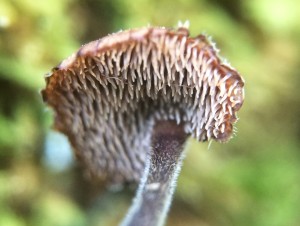 Ear Picks can take up
Ear Picks can take up to 5 weeks to mature, 9 days minimum.
to 5 weeks to mature, 9 days minimum.
Have you ever thought about an organism’s geotropic response as it matures? Geotropism is the direction something grows in response to gravity, for example, a plant’s roots grow directionally down towards gravity, while the stem grows away from gravity-two different geotropic responses.
The Ear Pick mushroom responds to gravity three ways. First it grows against gravity as the stem matures, second, the cap grows at a right angle to gravity as it expands, and lastly, the spines under the cap grow towards gravity. If the mushroom is knocked over or tilted (which is likely growing from a cone) it’s geotropic responses actively re-position the mushroom to an upright position with spines facing down. This assures optimal position for the spores to be released and the mushroom to reproduce.
Aren’t mushrooms incredible?
One final note. Ear Picks aren’t necessarily known to be poisonous, but aren’t known to be edible either. I would like to know however, if anyone has ever tried to use them as an ear pick, if you ever do, let me know how well it worked for you and send me a picture!

